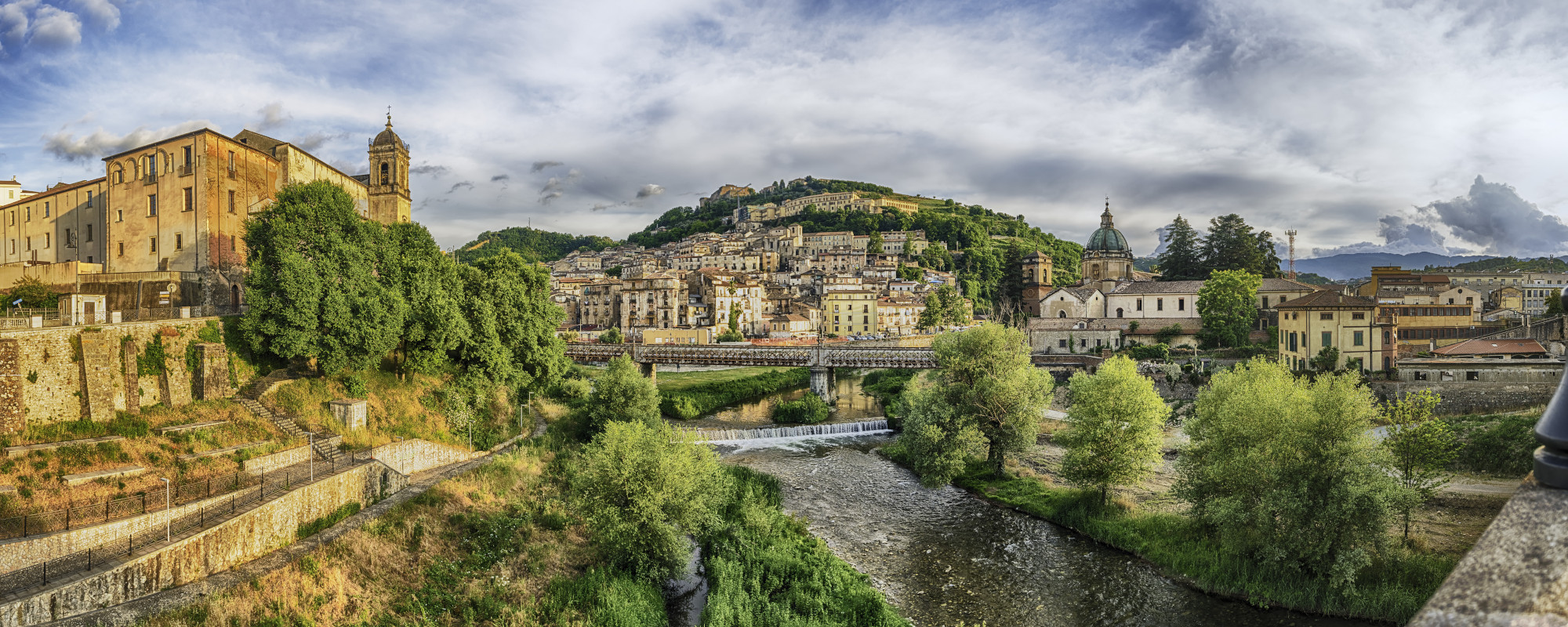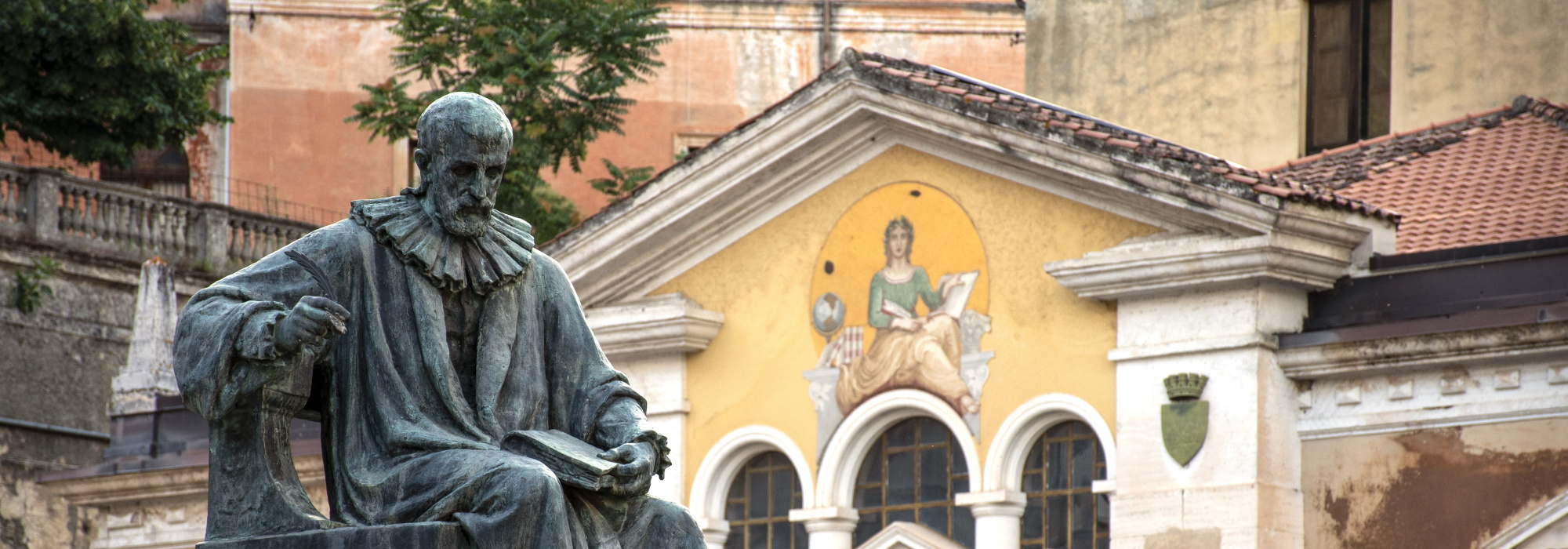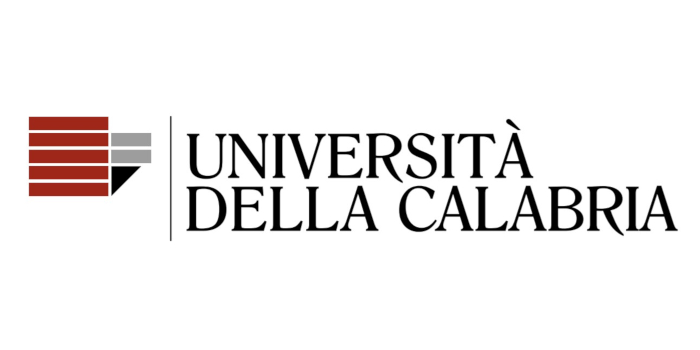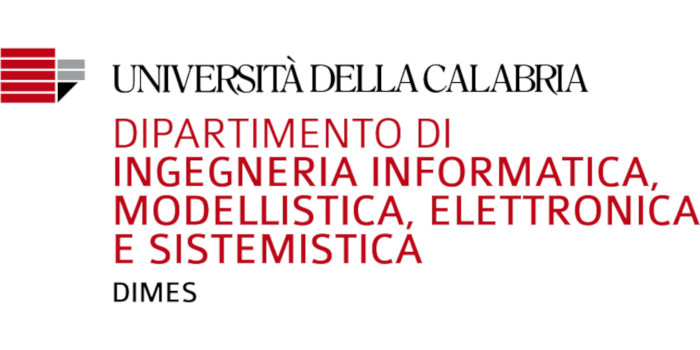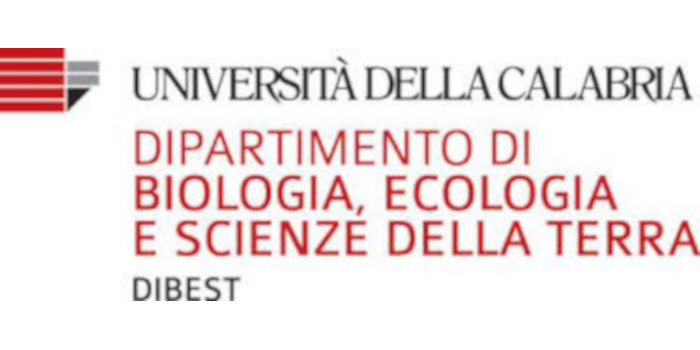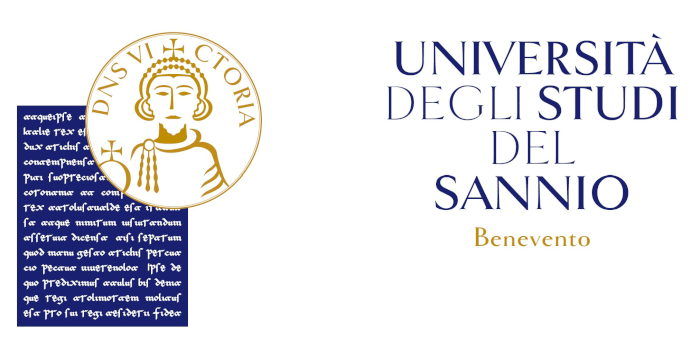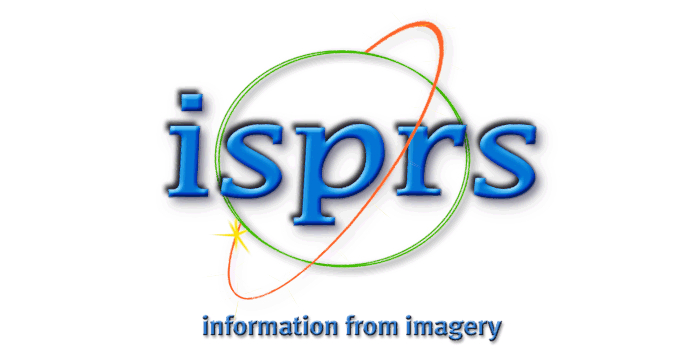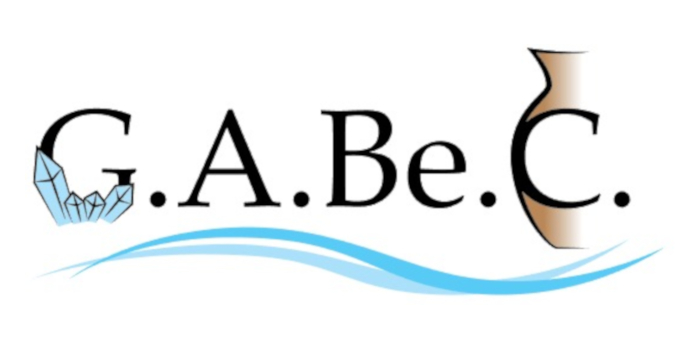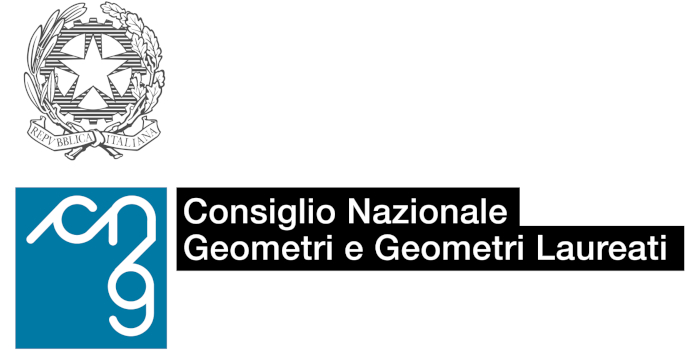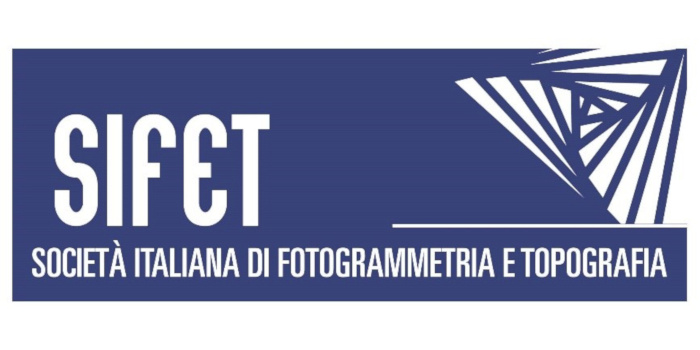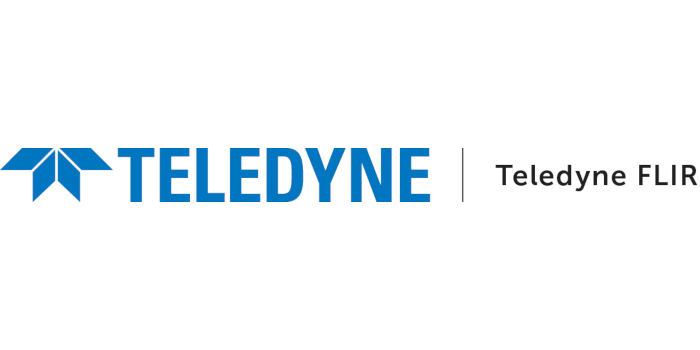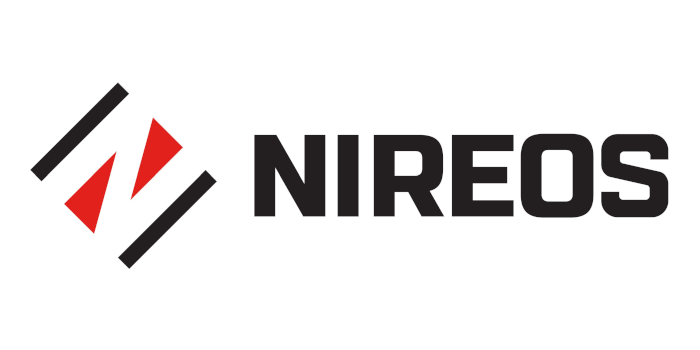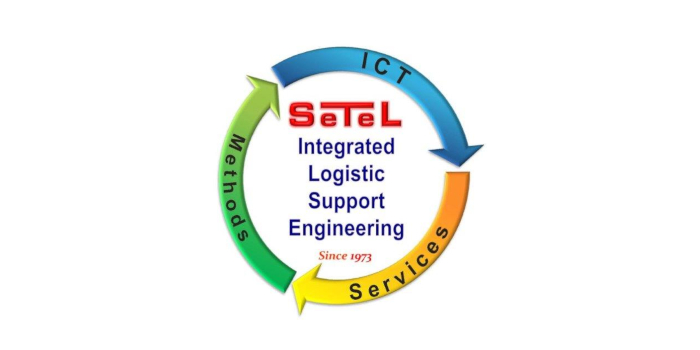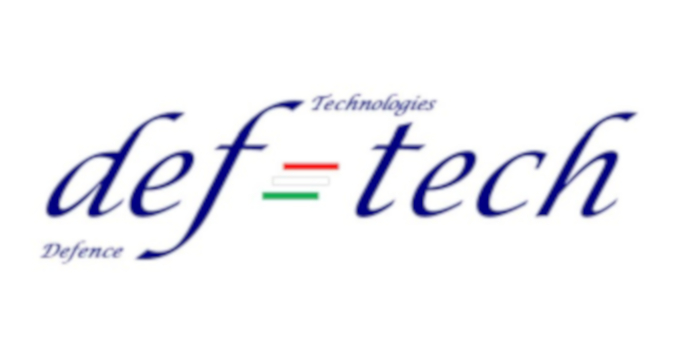GEOSCIENCES FOR ARCHAEOLOGICAL contexts AND CULTURAL HERITAGE
ORGANIZED BY
Daniele Malfitana
Department of Humanities (DISUM), University of Catania, Italy
Antonino Mazzaglia
Institute of Heritage Science, National Research Council of Italy (CNR-ISPC), Catania, Italy

Rosaria Ester Musumeci
Department of Civil Engineering and Architecture, University of Catania, Italy
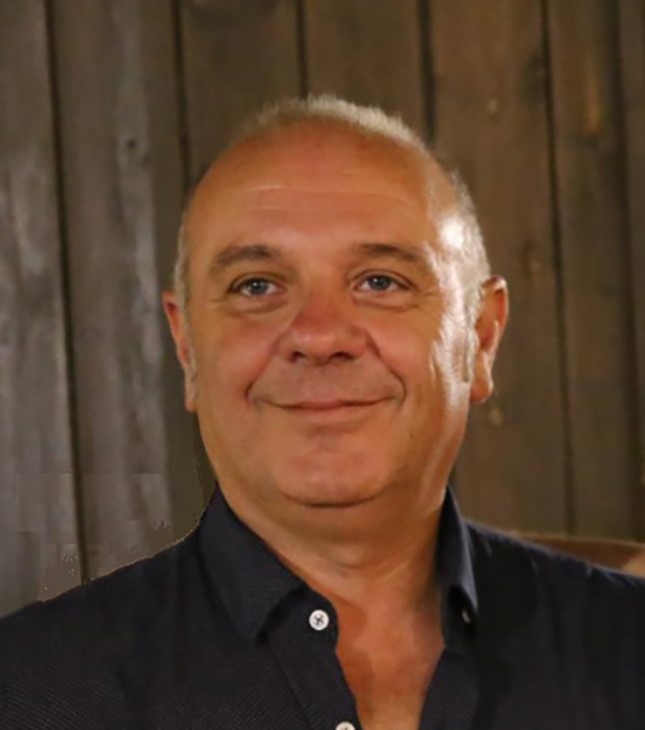
Domenico Patanè
National Institute of Geophysics and Vulcanology (INGV), Catania, Italy
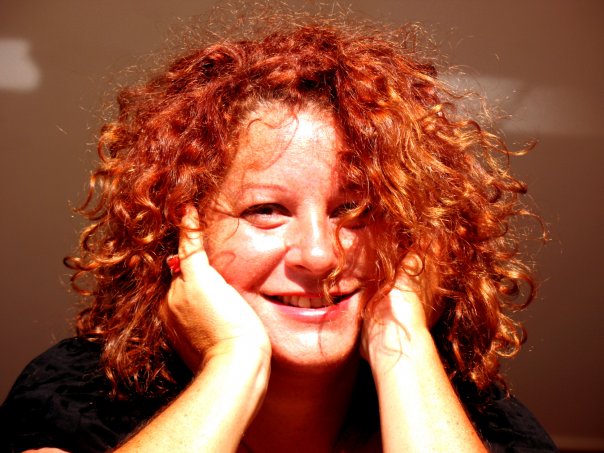
Roberta Somma
Department of Mathematical and Computer Sciences, Physical Sciences and Earth Sciences (MIFT), University of Messina, Italy
Luca Trombino
Department of Earth Sciences “Ardito Desio”, University of Milan, Italy
ABSTRACT
In the last decades many cultural heritage sites of exceptional value have suffered damage, sometimes irreversible, due to natural processes, including climate change, or human-induced.
Undiscovered archaeological sites may be buried by anthropogenic materials in urban environment, while in rural areas by continental to shallow water marine environment sediments that can hide human remains of various ages.
In the field of cultural heritage and archaeology, geoscience investigations vary from applied geophysics to stratigraphy, from geomatics to physical anthropology. The role of geosciences is mandatory, not only for archaeometry, but also for the cultural heritage prevention. In recent decades, thanks to technological advances, field and remote sensing geomatics methods (GNSS, UAV, LiDAR, GIS, etc.) together with monitoring systems have been increasily spread and used for the study and management of geological and hydraulic hazard and risk.
This session aims to stimulate attention on various inter- and multidisciplinary geoscience investigations and new technologies for monitoring and management applied to cultural heritage and archaeology (including bio- and geoarchaeology), performed through field and remote sensing, invasive or non-invasive analyses, applied also in a laboratory setting and considering also applications in the field of geophysics, hydraulics, geopedology, sedimentology, geomorphology and stratigraphy.
ABOUT THE ORGANIZERS
Daniele Malfitana, Full Professor of Archaeology at the Department of Humanities of University of Catania (Italy). Head of the School of Advanced Study in Archaeology and President of the “Scuola Superiore” of the University of Catania. He is a classical archaeologist who specializes in the culture and history of the Roman empire. He was Research Director at the National Research Council of Italy and has conducted research at many Roman period sites in Italy, Greece, Cyprus, Albania and he was Director of the Institute for Archaeological and Monumental Heritage of the Italian CNR (2011-2019). He is currently directing joint archaeological research and excavations projects in Italy and Sicily. He is President of the “Comitato Tecnico scientifico per l’Archeologia” and stay in the Board of the “Consiglio Superiore dei Beni Culturali e Paesaggistici” of the Ministery of Culture. Distinguished Lecturer in Stanford University (2019-2020).
Antonino Mazzaglia, classical archaeologist, researcher at the Institute for the Archaeological and Monumental Heritage (CNR-IBAM), is actually senior research fellow at the Institute of Heritage Science of the Italian National Research Council (CNR-ISPC) – Catania (Italy). Expert in technologies applied to the documentation, management and sharing of cultural heritage knowledge, he conducts research projects of urban and landscape archaeology in Italy and abroad. His main research topics range from the reconstruction of complex cultural systems starting from the material evidences to the potential of the public and community engagement in the safeguard and enhancement of cultural heritage.
Rosaria Ester Musumeci, Associate Professor of Hydraulics at the Dept. of Civil Engineering and Architecture of the University of Catania (Italy) with experience in hydraulic and coastal risk assessment, climate change mitigation and adaptation, physical and numerical modelling of geophysical processes, development of innovative measuring systems. Her expertise also covers the assessment and mitigation of hydraulic risks to cultural heritage and UNESCO archeological sites. Since 2018 she is member of the Scientific Commitee of the Project PON Research and Innovation 2014-2020 eWAS “an Early WArning System for cultural heritage”. She has been key-note speaker at the IEEE Metrology for the Sea 2018 (Italy).
Domenico Patanè, research Director of the National Institute of Geophysics and Vulcanology (INGV) – Catania (Italy), Geophysicist/volcanologist/seismologist with experience in earthquake engineering, real-time seismology, seismic monitoring and geophysical prospections. His expertise also covers the management of seismic networks and of civil infrastructures monitoring. Since 2018 is coordinator and Head of the Project PON Research and Innovation 2014-2020 eWAS “an Early WArning System for cultural heritage”, aimed to develop new technologies for the protection, conservation and safety of the historic-monumental buildings, museums, art objects and archeological areas, contributing to strategic planning for a better prevention and cultural Heritage management.
Roberta Somma, is Associate Professor at the Department of Mathematical and Computer Sciences, Physical Sciences and Earth Sciences of the University of Messina (Italy). Her main research topics are Stratigraphy of the Palaeozoic and Meso-Cenozoic successions of the Mediterranean Chains and Sedimentology. She worked in archaeological sites of Bronze age as expert stratigrapher and her expertise also covers Forensic Geology and Sciences and Criminalistics/Criminology. She is member of the Italian Geological Society (SGI), Medical Geology Association (AGM), Italian Criminology Association (SIC) and is Associated Member of the Animal Plant and Soil Traces Expert Working Group (APST) of the European Network of Forensic Science Institutes (ENFSI).
Luca Trombino, is Associate Professor at the Earth Sciences Department of the University of Milano (Italy). The main research topics are geopedology, paleopedology, soils and archaeological deposits thin sections micromorphology, sedimentology, geoarchaeology, Quaternary geology, and geomorphology. He is the Scientific Director of the Neolithic archaeological excavation in Travo (PC) since 2017.
